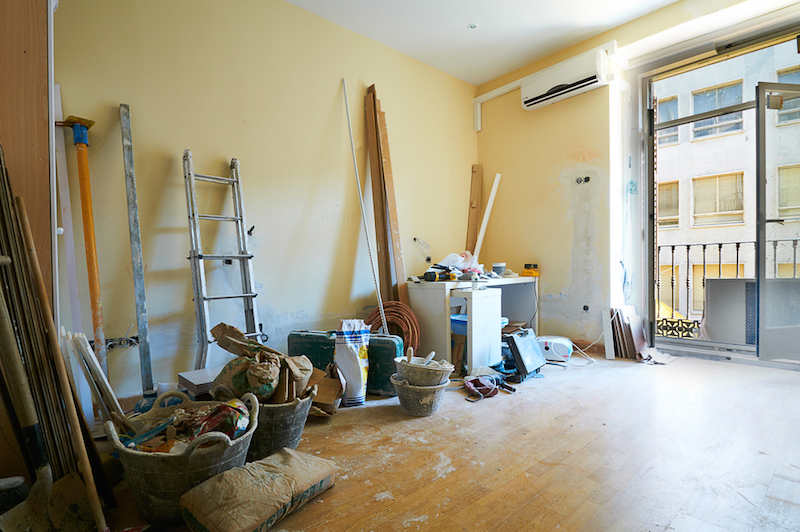10 Undeniable Reasons People Hate renovating a victorian house Montclair
1. Know your maintenance cycles. Most structures require tuckpointing maintenance every 50 to 60 years.
2. Match the mortar. New mortar must match as closely as possible in color, consistency, and elevation. Using too much Portland cement in the mix produces difficult mortars, which can damage old buildings.
3. Never grind out joints. Only deteriorated mortar should be eliminated. If someone informs you otherwise, run.
4. Never ever use sealants. Sealants trap wetness, intensifying issues during freeze/thaw cycles.
5. Replace in kind. Damaged masonry units should be replaced entire or by means of Dutchmen of the very same material. Voids filled with putty do not last.
-- Jacob Arndt, Conservation Specialist, Architectural Stone Carver
Radiators
6. Do not throttle a one-pipe steam radiator The steam and condensate need to share that confined space. Keep the valve either fully open or completely closed to avoid water hammering and squirting air vents.
7. Develop an ideal pitch. One-pipe steam radiators need to pitch toward the supply valve. Use 2 checkers under radiator feet-- they're the ideal shape and size.
8. Gain control. Thermostatic radiator valves before and after victorian house renovation Montclair are a great way to zone any radiator and conserve fuel. Hot-water and two-pipe steam radiators get them on the supply side; one-pipe steam radiators get them in between the radiator and the air vent.
Old radiator.
( Photo: Sylvia Gashi-Silver).
9. Get a fantastic finish. Pros agree that sandblasting followed by powder coating gives the best, long-lasting, non-sticky finish-- however do not attempt this at home.
10. Don't fret about fires. Even with steam heat, a radiator gets only about half as hot as the temperature needed to kindle paper, so you can rest easy.
-- Dan Holohan, Author, The Lost Art of Steam Heating.
Woodworking.
11. Usage heartwood. Heartwood is always the most disease-resistant. Sapwood of a lot of species need to never be used.
12. Rift or quarter-grain cuts are best. These cuts are the most steady. Flat grain typically expands and contracts seasonally at two times the rate of quartered stock.
13. Install plain sawn lumber with the heart side up. Flat lumber will wear much better with the heart dealing with up. If there's cupping, the edges will stay flat, and only the center will hump slightly.
14. Find out to use hand tools. Most historical woodwork was produced by hand tools, and the majority of machine-made millwork (late 19th century and after) was installed with them. Historical woodwork finishes produced with hand aircrafts can't be reproduced by modern machines like sanders.
15. Use standard joinery. Part repair work need to be used traditional joinery instead of non-historic methods like a wholesale epoxy casting of a missing part.
-- Robert Adam, Creator and Senior Consultant, Preservation Woodworking Department, North Bennet Street School.
Slate Roofing, renovating old homes.
Slate roofing on a turret, remodeling old homes.
Slate roofing system on a turret. (Photo: Nathan Winter).

16. Identify your slate.To correctly care for your slate roof, discover what type of slate it is. Just as you can't fix a Chevy with Ford parts, you should never utilize New York red slate on a Pennsylvania gray slate roofing.
17. Comprehend your roof's longevity. If your roofing system just has 100 years of longevity and is 95 years of ages, it's unworthy sinking money into. However a roof with 200 years of longevity that's 75 years old is a young roofing that needs to be highly valued and correctly preserved.
18. Examine your roofing routinely. A renovating a victorian house Montclair minimum of as soon as a year, walk your home (use binoculars if necessary) and look at your roofing. If you see missing, broken, or moving slates, or flashing that looks suspect, call your slater.
19. Look around for quality. Great slaters are out there, however you need to try to find them. It deserves the effort to have somebody who really knows what he's doing.
